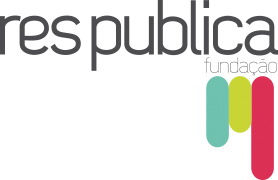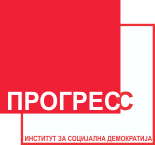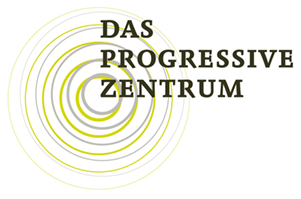
next left
Publication
More Europe Vs. No Europe: Europarties and Euroscepticism in the 2014 European Elections
October 09, 2014Author: Ania Skrzypek, David J. Bailey, Eleonora Poli
In 2013 the Foundation of European Progressive Studies, the Fondazione Italianieuropei and the Rome office of the Friedrich-Ebert-Stiftung co-sponsored an international seminar entitled “Democratic Legitimacy and Political Leadership in the European Union. Towards the 2014 European Elections”. On that occasion the discussion, moving from the impact that the economic and political downturn had on the EU citizens’ disenchantment with politics and democracy, both at the national and European levels, focused on the need to politicise the EU dimension and provide the common institutions with that democratic legitimation which they were largely missing.
The discussion focused in particular on two factors that, it was argued, could contribute to the achievement of those goals: the direct election of the President of the European Commission, and the enhancement of the Europarties and the creation of a competitive party system.
In 2014 the three foundations agreed that this debate deserved further in-depth analysis. The European people’s disillusionment and dissatisfaction, fuelled by the economic difficulties that they are still facing and by the inadequacy of the European response, have grown in most EU member states and, as surveys warn, while the electoral turnout will continue to decline the rise of Eurosceptic and eurocritical movements and parties seems to be inevitable.
The examination of the wide range of eurosceptical parties, of their different goals, arguments and peculiarities, and of the odds that they will cooperate and establish a common group within the European Parliament was easily chosen, therefore, as one of the topics of the second international seminar, “More Europe Vs. No Europe: Europarties and Euroscepticism on the Eve of the 2014 European Elections”, which has been held on 7 April.
The results of this seminar and the further analysis made by some of the speakers are now published in the book attached.
related publications
-
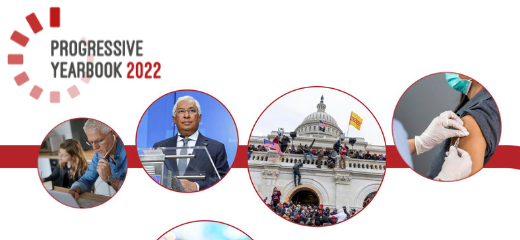
Progressive Yearbook 2022
read more -
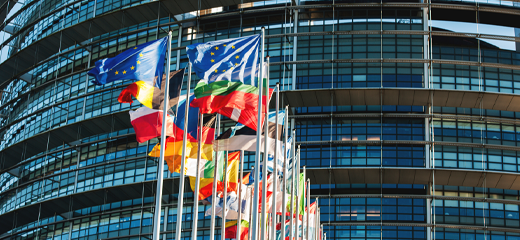
A progressive approach to the Conference on the Future of Europe
read more -
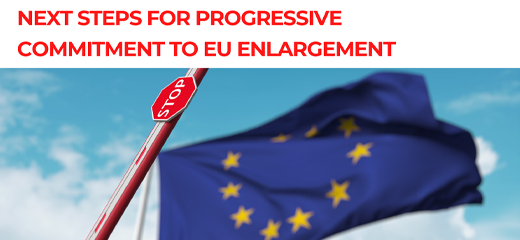
Next steps for progressive commitment to EU enlargement.
read more -
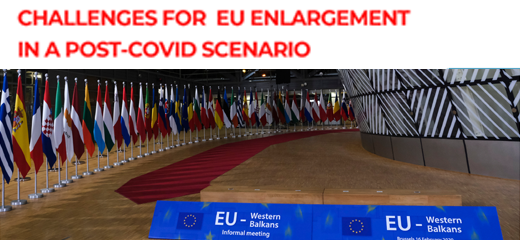
Challenges for EU enlargement in a post-covid scenario
read more -
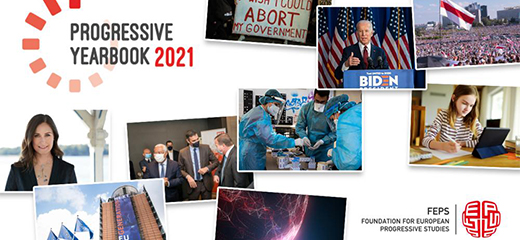
Progressive Yearbook 2021
read more -

The re-shaping of the political discourse in times of crises
read more

























